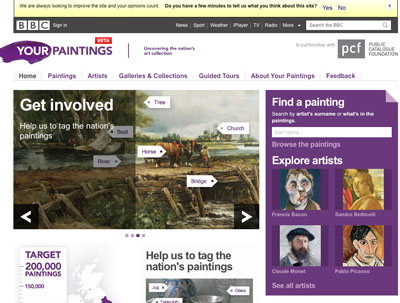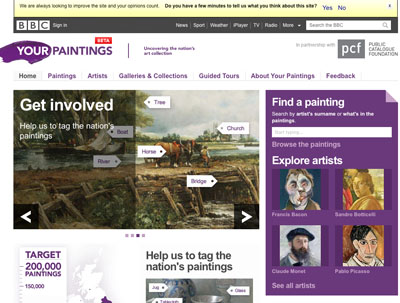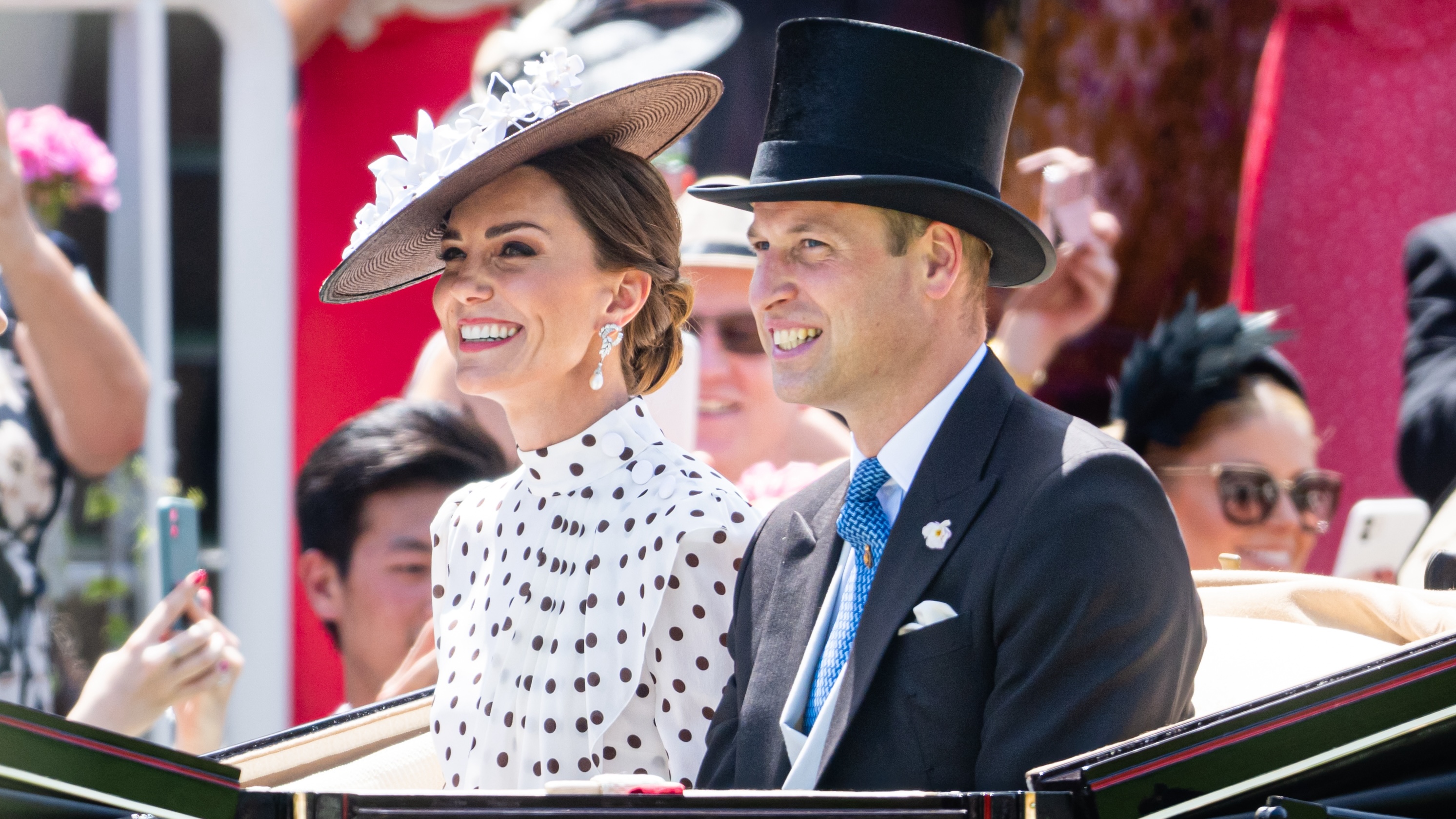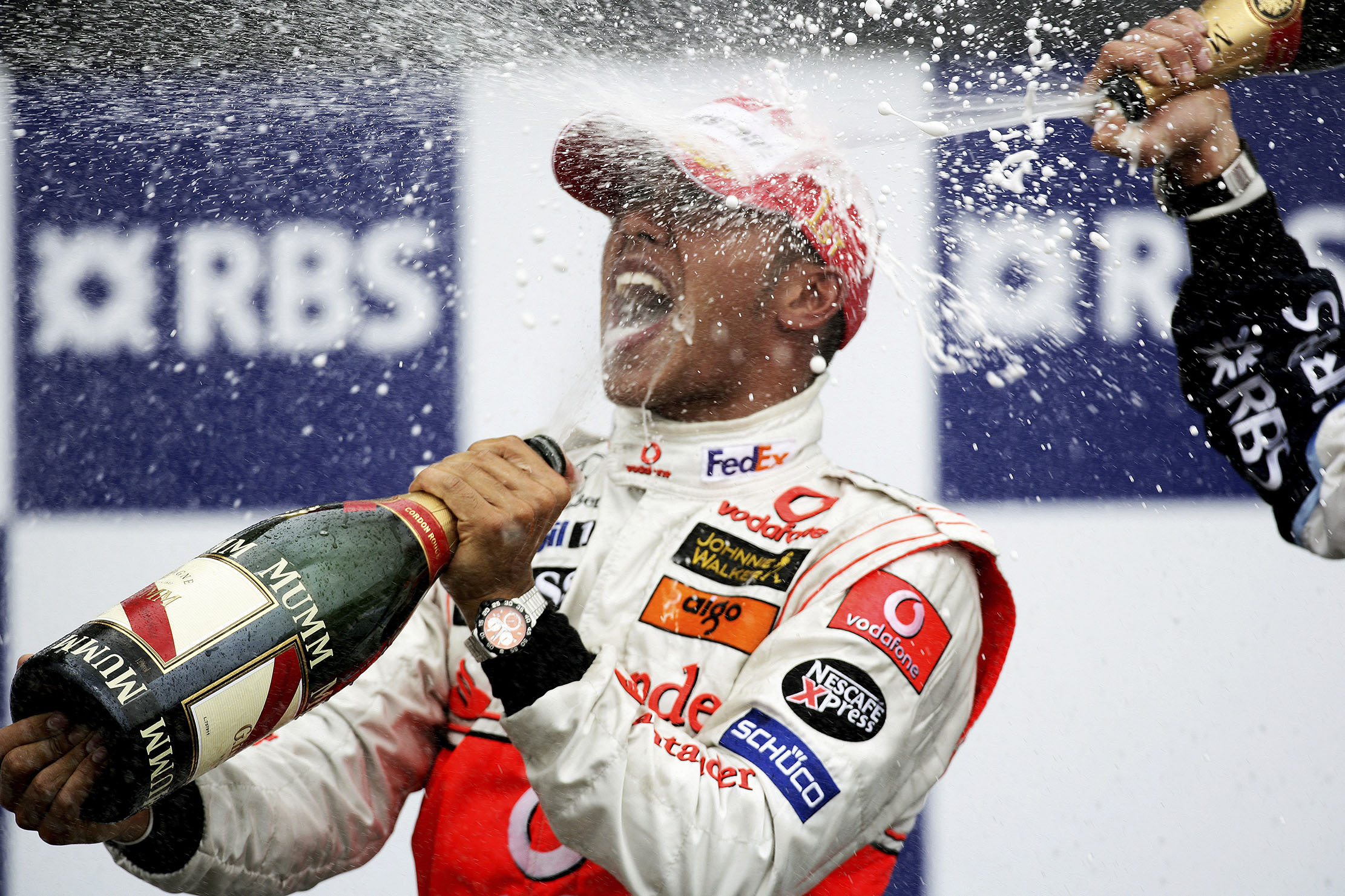The paintings you never knew you owned
A bold move to catalogue the country’s public art catalogue online has begun, with over 200,000 pieces of art searchable online by the end of 2012


Despite Government cuts in Arts funding, plenty of work is being done by concerned organisations to ensure that the nation's art reaches as wide an audience as possible, and for free. Last month, an ambitious project to alert the public to great works in unexpected places was launched by the charity Public Catalogue Foundation (PCF) and the BBC.
The aim of Your Paintings (www.bbc.co.uk/yourpaintings) is to have the national collection of art-some 200,000 pieces held in 3,000 places, many of them in less obvious sites such as schools, offices and hospitals, as well as in galleries and National Trust properties-catalogued online by the end of 2012. Many ‘collections' comprise one painting, have no curator, are not publicly accessible and, until now, have never been photographed. It's a huge undertaking, and the public is encouraged to contribute local knowledge and to help with ‘tagging' or classifying paintings.
‘No country has ever embarked on such a monumental project to showcase its entire painting collection online,' explains PCF director Andrew Ellis. ‘This is only possible thanks to the advent of digital technologies and the unique resource of the BBC.'

The PCF, under the chairmanship of Fred Hohler, has been carrying out painstaking work since 2003 with 50 regional co-ordinators and 30 photographers. The website has already gone live with 63,000 works by 15,000 artists in 860 collections, and comprehensive tagging allows users to do detailed searches, even on as quirky a criterion as every painting that features a bicycle. ‘It's enormously fun and addictive,' says Mary Miers, Country Life's Arts Editor.
‘You can search for anything-all pictures of men with beards or top hats, or ones painted in a particular era, such as the First World War. You can even type in a postcode and find which works by an artist are in that particular area.' Nicholas Penny, director of the National Gallery, comments: ‘Thanks to this initiative, the concept of a "national collection" has suddenly altered. The PCF has extended, in an exciting way, our understanding of what art in "public ownership" is, and our access to it.'
The Tate has also collaborated in redefining public access to collections by spreading the information across the internet. Director Nicholas Serota says that Your Paintings ‘provides a remarkable tool for knowledge and research. It will make 200,000 works in this country accessible across the world and is something we will take for granted in future'.
The BBC, which is in the throes of reshaping BBC Online, will enhance the project with ‘Art Revealed', a series of programmes beginning on July 10 on BBC1 (at 9pm) when art critic Alastair Sooke explores The World's Most Expen-sive Paintings; on July 11 (9pm), British Masters, a three-part reappraisal of early-20th-century British art fronted by Dr James Fox starts on BBC4; and, later this month on BBC2, Waldemar Janusz-czak considers the more radical aspects of the work of The Impressionists. All three presenters have created virtual guided tours for Your Paintings, together with figures such as Rory Bremner, Mary Beard and Monty Don.
Sign up for the Country Life Newsletter
Exquisite houses, the beauty of Nature, and how to get the most from your life, straight to your inbox.
In addition, the Government Art Collection, which comprises more than 13,500 works, may be seen by the public for the first time in its 113-year history. The first of five exhibitions is at Whitechapel Gallery, Whitechapel High Street, London E1 (until September 4, after which it will tour the country). Leading political figures have chosen works: Samantha Cameron picked a Lowry and Lord Mandelson a portrait of Elizabeth I.
A pass to fine art
The Art Fund has created a National Art Pass which, for £47 (or £35 if paid by direct debit), will allow the owner free or discounted access to some 200 exhibitions, museums and historic houses and half-fee entrance to some of the blockbuster exhibitions. Museums such as the Ashmolean, Barbican and Hayward Gallery will offer reduced price admission; many National Trust properties, plus Kensington Palace, Dove Cottage and the Wordsworth Museum, and Dover Museum, will be free.
The funds raised by the pass will go towards the charity's funding organisations to show art. This is part of the Art Fund's stated aim, in the face the financial pressures facing most art institutions, to extend its funding by 50% by 2014. It will commit £7 million a year, up from £4.5 million. For details, visit www.artfund.org.
* Subscribe to Country Life and save 40%
Country Life is unlike any other magazine: the only glossy weekly on the newsstand and the only magazine that has been guest-edited by HRH The King not once, but twice. It is a celebration of modern rural life and all its diverse joys and pleasures — that was first published in Queen Victoria's Diamond Jubilee year. Our eclectic mixture of witty and informative content — from the most up-to-date property news and commentary and a coveted glimpse inside some of the UK's best houses and gardens, to gardening, the arts and interior design, written by experts in their field — still cannot be found in print or online, anywhere else.
-
 'The watch is Head Boy of men’s accessorising': Ginnie Chadwyck-Healey and Tom Chamberlin's Summer Season style secrets
'The watch is Head Boy of men’s accessorising': Ginnie Chadwyck-Healey and Tom Chamberlin's Summer Season style secretsWhen it comes to dressing for the Season, accessories will transform an outfit. Ginnie Chadwyck-Healey and Tom Chamberlin, both stylish summer-party veterans, offer some sage advice.
-
 Lewis Hamilton, Claude Monet and the Four Horsemen of the Apocalypse: Country Life Quiz of the Day, April 29, 2025
Lewis Hamilton, Claude Monet and the Four Horsemen of the Apocalypse: Country Life Quiz of the Day, April 29, 2025Tuesday's Quiz of the Day looks back at Lewis Hamilton's first win and ponders on the meaning of greige.